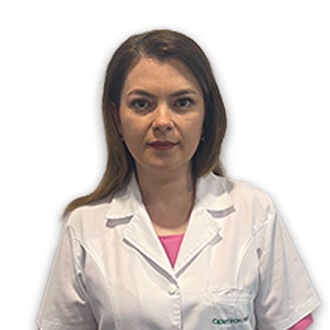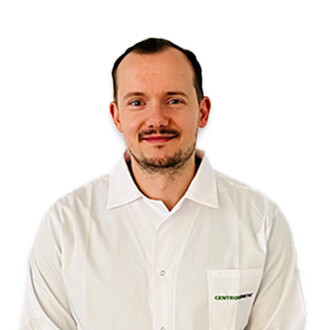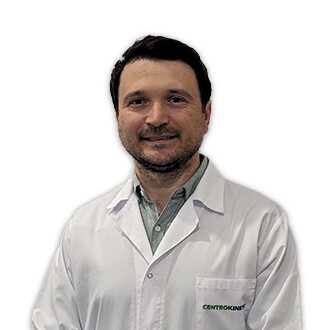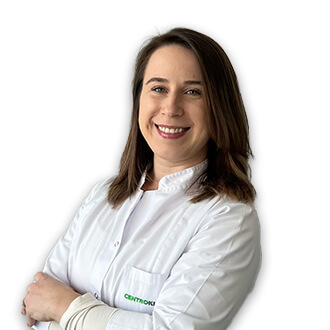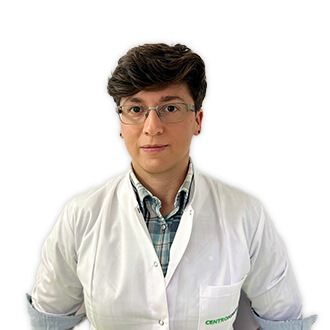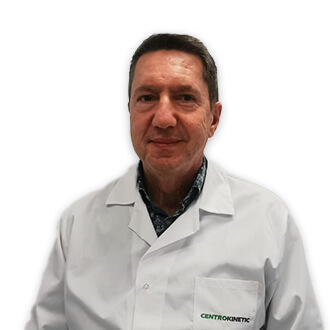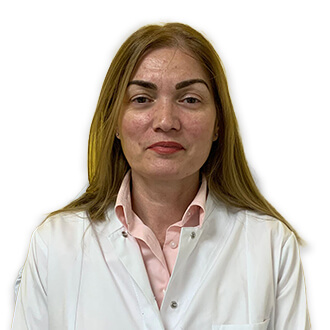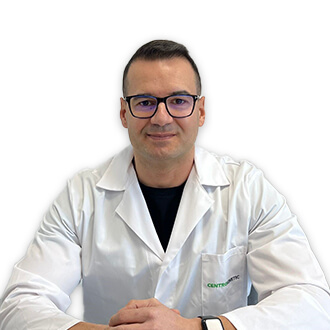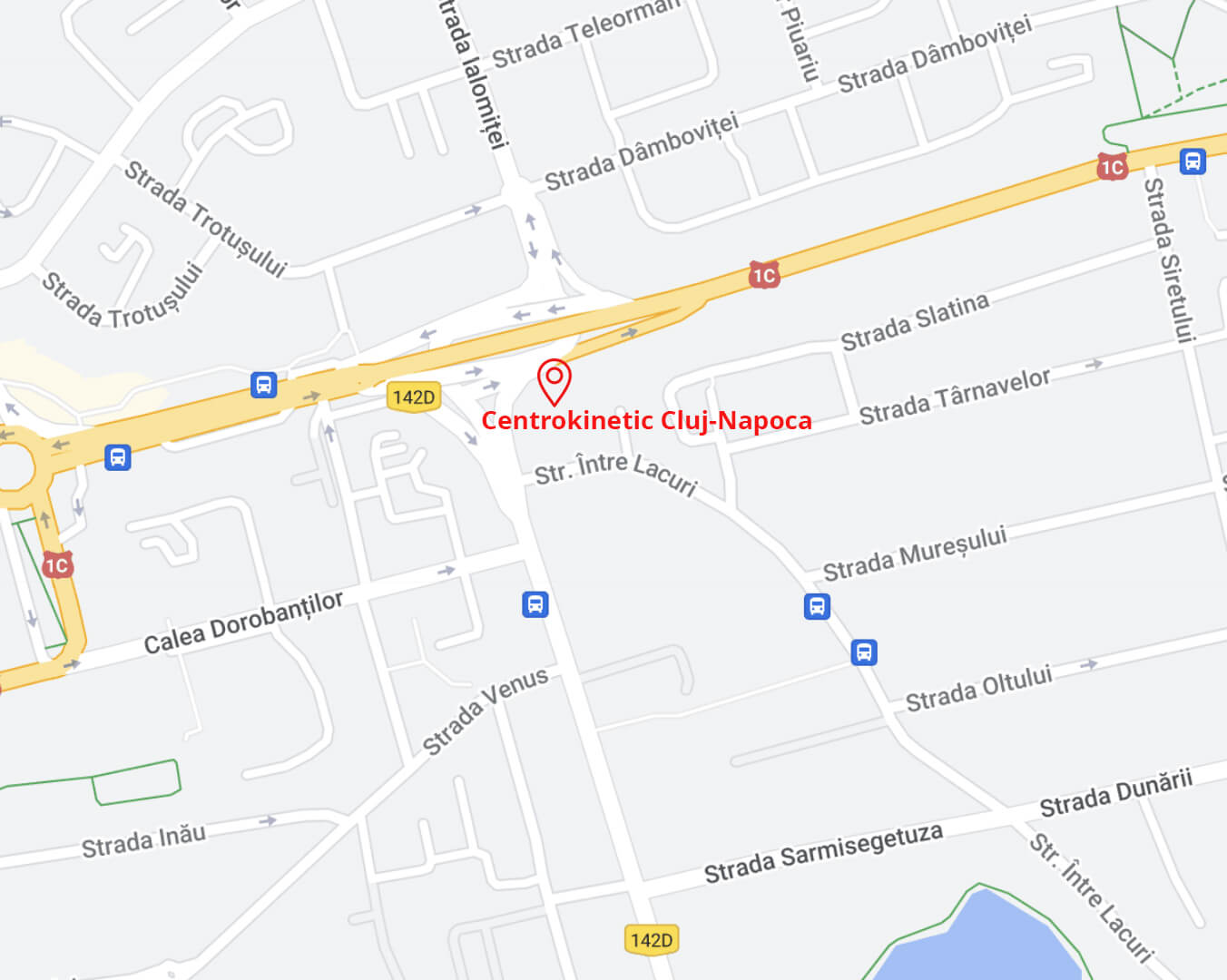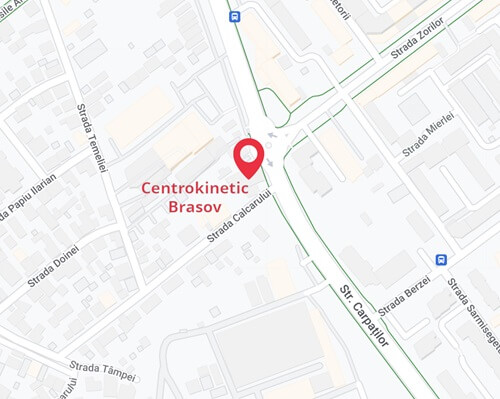See details
READ MORE
Sclerotherapy
Centrokinetic has a dedicated vascular surgery department, coordinated by Mrs. Dr. Neagu Cristina, primary doctor of vascular surgery, specialized in diagnosis and treatment of blood diseases in arteries, veins and lymphatic vessels.
Sclerotherapy is a simple, painless medical procedure used to treat varicose veins and visible superficial vessels (venectasis, reticular veins). It is free of real risks and has a guaranteed effectiveness, with their closure, lasting effect over time.
During this procedure, the vascular surgeon injects a special substance inside the vein that irritates the vessel wall making it swell and eventualy the vessel becomes clogged. In short time, it turns into scar tissue and then it is removed.
Sclerotherapy is a minimally invasive method of treatment that addresses small superficial venous dilatations, appeared at the level of the ankles, calves and thighs. Sclerotherapy is performed only in the cold season. Before the procedure, a Doppler venous ultrasound is required to perform a map of dilated superficial veins, of those with valves incompetent and those with reflux.
Indications for sclerotherapy:
- telangiectasias (vascular stars or intradermal venules with diameter greater than 1 mm);
- reticular veins (blue veins or subdermal veins, impalpable with a diameter greater than 3 mm);
- varicose veins below the knee;
- recurrent varicose veins;
- isolated varicose veins.
Contraindications to sclerotherapy:
- large dilated varicose veins with massive reflux (indication of surgical treatment);
- acute thrombophlebitis;
- allergic to the sclerosing substance;
- immobilized patients;
- pregnancy and lactation.
Performing sclerotherapy involves the use of a transilluminator, which helps the doctor identify the venous wall, followed by disinfection of the skin with an antiseptic solution, then by injecting these venectases using needle syringes extremely fine, leaving a surplus of substance in the injected vessel. Using sterile compresses, press on the injected vessel to achieve hemostasis. Postprocedural, in place of injection, the skin is temporarily inflamed (red) due surplus substance that produces minimal injury.
The number of sessions in this procedure is not standard, varying between 4-6 sessions, depending on the resistance of the venectasias, of their diameter and age; the average duration of the procedure is 40 minutes.
It is recommended after the procedures:
- application of creams with reepithelializing effect.
- administration of an oral venous tonic, wearing compressive socks for a month.
- sterile dressings will be applied to the injected areas for 48-72 hours.
- will be given anti-inflammatory drugs and sometimes even anticoagulant.
- it is recommended to walk without perform intense physical exertion.
SUCCESSFUL RECOVERY STORIES

MAKE AN APPOINTMENT
CONTACT US
MAKE AN APPOINTMENT
FOR AN EXAMINATION
See here how you can make an appointment and the location of our clinics.
MAKE AN APPOINTMENT











































